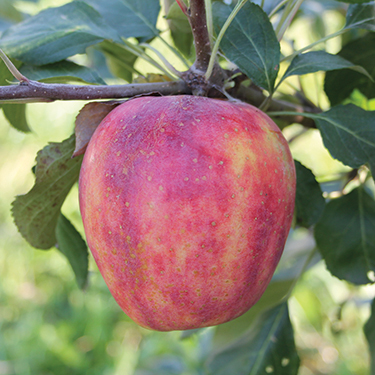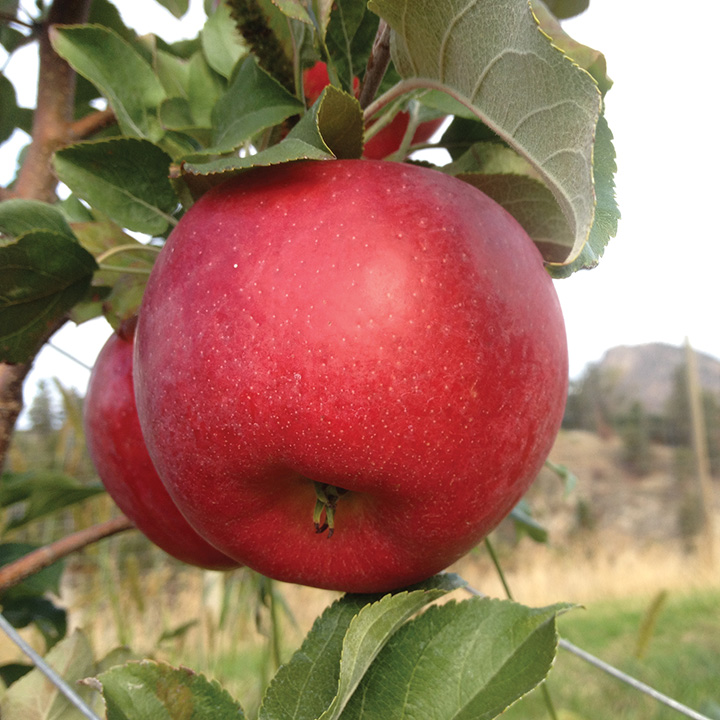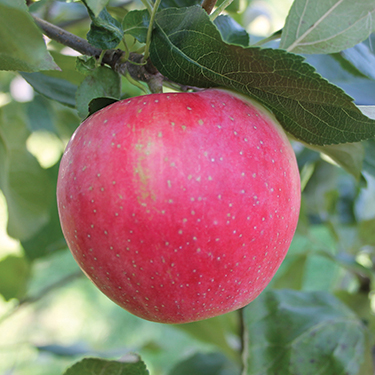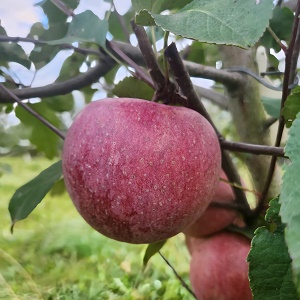Apple : NORKENT Large Semi-Dwarf (B118)
$53.95
Norkent is arguably the best fresh eating apple of any of the really hardy varieties. It also originates from the Morden, Manitoba program, but due to a series of mixups and misfortunes, its release was delayed until 1995. By all reports, it is the same apple as 'Enigma'. The unique apple/pear flavour of this large, red over pale yellow apple reminds some folks of Golden Delicious or of Gala. Crisp, aromatic, fine-grained flesh is also great for cooking. The tree is very productive, but according to our experience in the nursery, it is slower growing than most.
NEEDS A POLLENIZER | ZONE 2/3 | HARVEST: MID-LATE AUG.
.
Only logged in customers who have purchased this product may leave a review.
Growing Tips
Besides selecting the most disease resistant varieties, there are
a few simple things to do to have better apples.
- Fertilize under the outer edges of your trees. There are no feeder roots next to the trunk. A well fed tree stays healthier. (Adequate calcium in the soil also helps so that apples keep longer.)
- Pick up fallen fruit and compost, dispose of, or feed to livestock (where possible).
- Rake up leaves in the fall and compost them away from the orchard.
- Prune trees to encourage light and air to reach the inside of the tree.
- Provide bird nesting sites near your orchard. A variety of orchard companion type plants will attract native pollinator insects and also encourage birds to come and eat insect pests.





Reviews
There are no reviews yet.